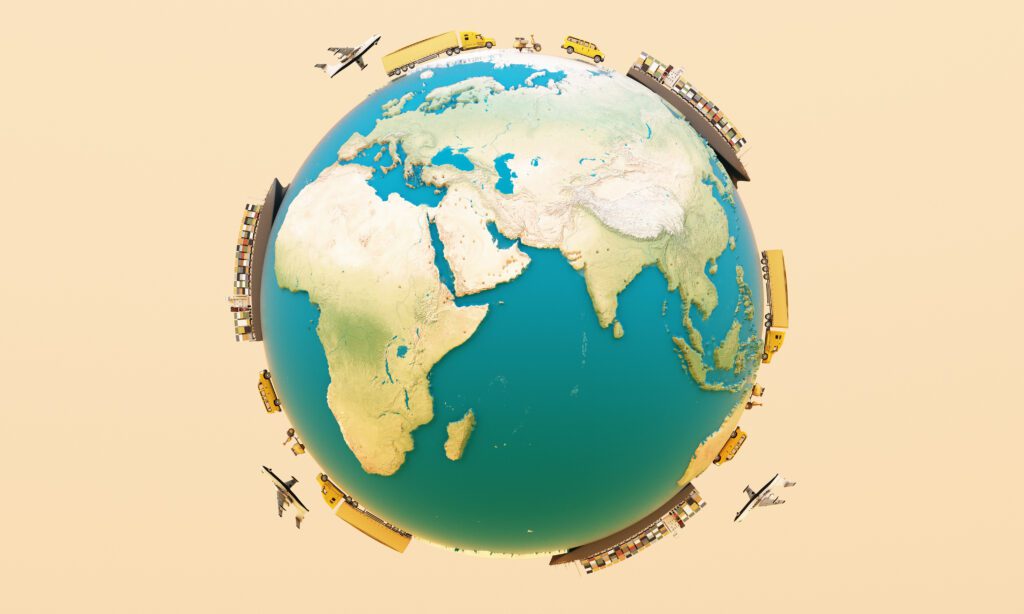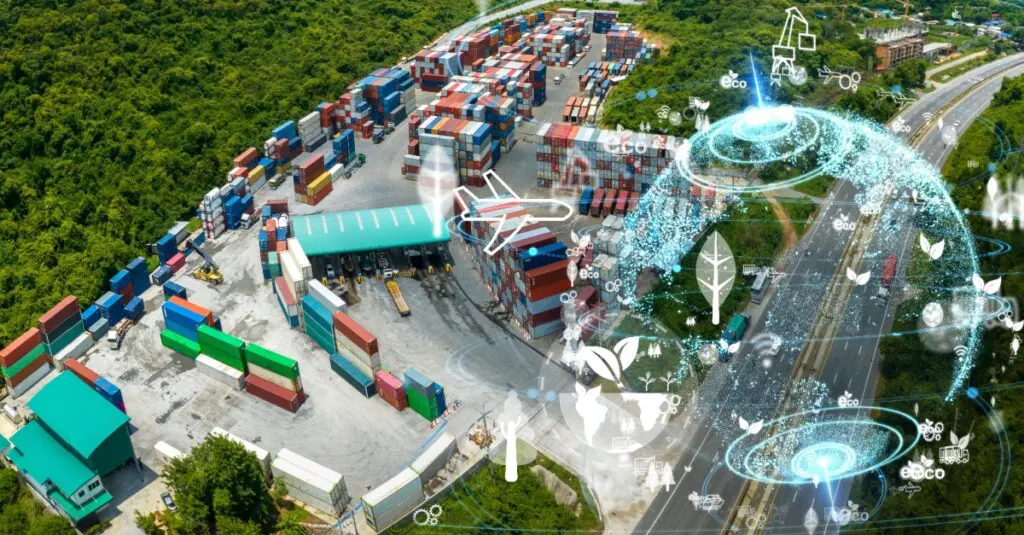
New Kids on the Block: Three Voices Transforming the Supply Chain
Supply chain management is constantly evolving. Whether you see the glass as half full or half empty, this dynamic environment brings both challenges and opportunities to the fore. The good news is that, while challenges continue to emerge, experts and thought leaders who offer insights and strategies are changing the industry, too.
This article highlights three such visionaries — Searoutes Co-Founder & CEO Pierre Garreau, Noodle.ai Chief Operating Officer Michael Ciatto, and Owlery Co-Founder Travis Downs — who not only offer fresh perspectives but are also driving change through their innovative approaches.
Three Voices Transforming the Supply Chain
These experts have emerged with pragmatic solutions to many of today’s logistical problems, ushering in the potential for a more effective supply chain operation. True, many might consider them “new kids on the block,” but their thought leadership already resonates well across the entire industry.
Pierre Garreau, Searoutes
“Today’s businesses are under pressure to improve visibility over carbon emissions, as regulators and consumers alike place greater emphasis on emissions reduction. However, businesses struggle to build accurate visibility over emissions, instead turning to greenwashing and estimation as a means of signaling decarbonization efforts. Searoutes uses the physical characteristics of vessels, planes, and trucks, coupled with GPS trajectories and contextual data in order to measure the carbon emissions of your logistics. This is the only way we know to accurately report carbon emissions. Clients such as Michelin use that data to make informed decisions on their supply chain, with the goal of reducing their overall footprint. Today, the carbon management market is saturated with non-logistics experts who use averages and offer carbon compensation. This is not the way! Reductions of ~40% can be achieved by following the strategies Searoutes recommends.”
Emissions tracking isn’t just a buzz phrase; it’s a vital tool for businesses aiming to reduce their carbon footprint and operate responsibly in today’s world where pressures from regulatory bodies (like EU ETS) and consumers abound. The technology is critical because it provides a clear picture of where the company stands, allowing it to effectively spot areas that need improvement and make informed decisions about adopting greener solutions.
Searoutes enhances supply chain stakeholders’ ability to control carbon emissions by leveraging modern algorithms and datasets beyond standard methodologies. The platform provides CO2 emissions reports for transport and powerful routing engines that accurately match the services operated by the carriers.
Michael Ciatto, Noodle.ai
“Achieving an accurate forecast and better predictions across demand, supply, and inventory has always been the ‘holy grail’ to orchestrating an efficient, connected, and agile supply chain. However, despite decades of trying, improved forecast accuracy has been elusive for most supply chains. Hence, we are embarking on a new approach that proposes to:
- Incorporate numerous forecasting models to capture the latest innovations with a proprietary ensembling approach for mixed model value creation.
- Empower business users without data science expertise to interact with and understand the models through natural language, thereby engineering the data scientist ‘into the platform.’
- Allow users to provide intuitive overrides that are captured and ‘featurized’ in our LLM to be incorporated in future predictions.
“This aims to address the key challenges of limited trust and adoption of statistical forecasting models by human demand planners, by putting the power of forecasting in the hands of business users and incorporating their institutional knowledge and intuition.”
Accurate demand forecasting helps businesses see the future, anticipate customer needs, and make smart decisions about what to stock, when, and by how much. Without the demand forecasting solution, businesses fly blind and could potentially end up in a pile of unsold inventory or lose sales because of a lack of adequate inventory.
However, the technology driving demand forecasting has stagnated in recent years, but Noodle.ai promises 10% more accuracy than the current market solutions. It achieves this by enhancing Advanced Planning Systems through innovative data science and AI/ML techniques. The company dramatically improves demand forecasts across hierarchies and time horizons by eliminating human bias and enabling an exception-based demand-planning process.
Travis Downs, Owlery
“As supply chain partners advance their technologies, shippers now manage more vendor portals than ever before, often resorting to spreadsheets and switching between browser tabs for operations. Owlery simplifies this complexity with hundreds of always-free and prebuilt integrations to your trusted vendors and partners. Our flexible platform boosts reliability, lowers COGS, and covers all aspects: transportation operations, order management, load planning, powerful analytics, exception handling, and freight finance tools. Accessible and affordable, Owlery makes advanced logistics capabilities attainable for companies of all sizes, eliminating barriers of cost, complexity, and deployment time. We’re proud to be the preferred TMS for fast-moving brands, ensuring efficient and cost-effective operations across all supply chain needs.”
Almost overnight, Transportation Management Systems (TMS) have become a critical tool in today’s supply chains. However, the rise of the seemingly overnight sensation was fueled by a growing recognition of the complexities and challenges in managing transportation networks.
However, many TMS solutions are limited in their ability to work fully across all supply chain platforms, leaving shippers to navigate between various platforms and leading to dangerous blind spots. With Owlery, businesses have a fast and flexible TMS and logistics platform that instantly connects all the points of their supply chain and gives them the power to transform and elevate their supply chain operations.
Your Gateway to Supply Chain Expertise
Supply Chain Now is your one-stop platform for all things supply chain. Our podcast offers a variety of shows featuring conversations with industry veterans and interviews with global supply chain leaders. Popular programs like Logistics with Purpose and Digital Transformers provide a wealth of knowledge and inspiration. Whether you’re seeking actionable strategies or simply want to keep your finger on the pulse of the industry, our podcasts have you covered. Listen Now.
More Articles

Something to Talk About: Topics Shaping Supply Chain

